The word “square” is accompanied by many images and representations depending on who uses it and in what occasion. He may mean the small square of the village with the big plane tree in the center or the cosmopolitan square where he will sit for a coffee. Below I have created a list of ten beautiful squares from around the world, which "carry" with them, a historical significance for the places where they are located.
10) Piazza San Marco (Venice-Italy)
St. Mark's Square (Piazza San Marco) is the largest and most attractive square in Venice, and it is interesting that it is the only one named Piazza, as all the others are referred to as Campi (ie fields). It is located in the lowest part of the city, and that is why it floods first in case of heavy rain. Any time of the day you visit it will be full of life, while it is one of the few places in Europe where human voices prevail over car noise. For more information about the square and the city, click here.
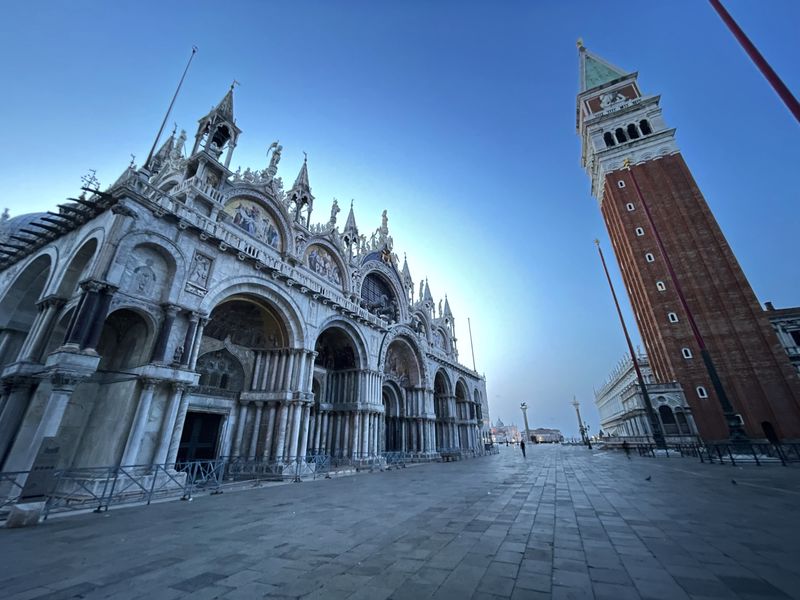
9) Times Square (New York-USA)
Times Square is a major commercial intersection, tourist destination, entertainment center, and neighborhood in the Midtown section of Manhattan, New York City at the junction of Broadway and 7th Avenue. It stretches from West 42nd to West 47th and is called by many as "the Crossroads of the world", or "the center of the universe" or "the heart of the world". It is one of the busiest sidewalks in the world, where in the evening the huge giant screens, LED signs, thousands of lights and lamps leave you bewildered to look at a truly impressive sight. For more information about the square and the city, click here.
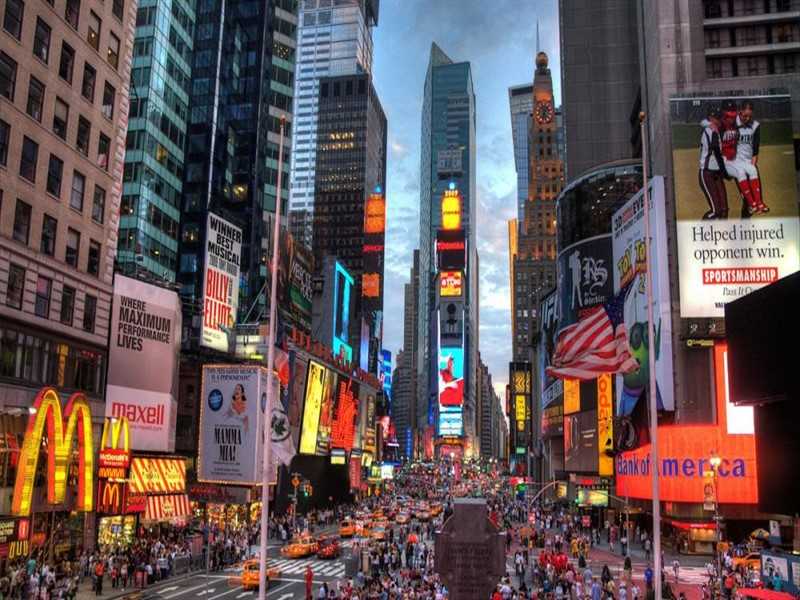
8) Red Square (Moscow-Russia)
Red Square (Krasnaya ploshchad) is considered the central square of Moscow, as well as all of Russia, being one of the largest in area squares in the world. The name "Red Square" comes neither from the color of the bricks around it (which were in fact whitewashed at some points in history) nor from the connection of the red color with communism. The name probably came from the Russian adjective krasnyy, which had the meaning "beautiful, handsome", while in modern Russian the word acquired the meaning "red". Around you will find the Cathedral St. Basil, the State Museum of history, Stalin's Mausoleum and one of the divine walls of the Kremlin.

7) Piazza San Pietro (Vatican)
The square of St. Peter (Piazza San Pietro) is located outside the homonymous Basilica and in the middle of it dominates the imposing Egyptian obelisk, which has been there since the time of Emperor Augustus. In the Middle Ages, the rumor circulated that the ball at the top of the obelisk has in it the ashes of Julius Caesar, but when it was opened years later nothing more than mere dust was found. For more information about the square and the city, click here.
6) Tiananmen Square (Beijing-China)
Tiananmen Square, named after the homonymous gate meaning gate of Heavenly Peace, is one of the largest in the world (765 x 282 m), separating Beijing from the Forbidden City. It is surrounded by Soviet-style monuments and government buildings, including the monument to the heroes of the People, the Great Hall of the Peoples, the National Museum of China, and the mausoleum of Mao Zedong. Mao Zedong declared the establishment of the People’s Republic of China in the square on October 1, 1949, and the anniversary of this event is still held there. Every morning there is a flag-raising ceremony and every dusk a lowering.
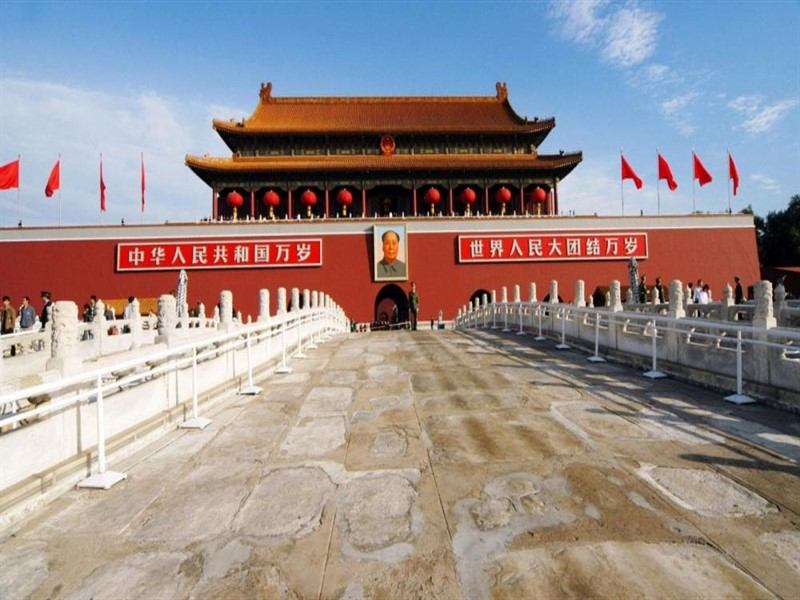
5) Jemaa el-Fnaa (Marrakech-Morocco)
The Jemaa el-Fnaa square is located along the Palace of Marrakech and basically contains everything you can think of by listening to the word Morocco. During the morning hours it is a traditional North African market, catering to both the daily needs of the locals and the tourist trade. There you will find from fakirs sitting on nails, to people with snakes and monkeys. As the night approaches, all of them leave and give way to the Chleuh, a group of boys who tell stories by dancing, to magicians with traditional medicine, as well as to dozens of canteens with traditional delicacies. For more information about the square and the city, click here.
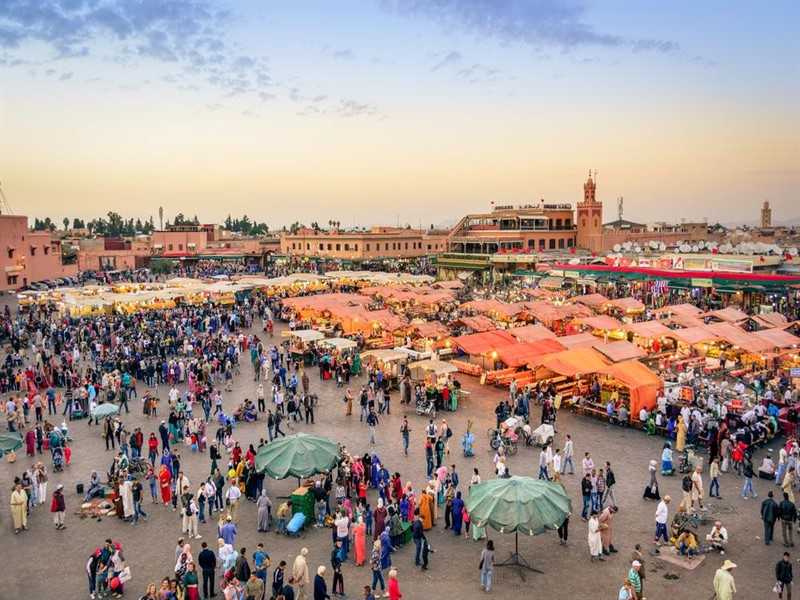
4) Plaza Mayor (Madrid-Spain)
The Main Square (Plaza Mayor) is rightfully the most famous square in Madrid and attracts thousands of visitors daily. Its history begins in 1577, when Philip II asked Juan de Herrera for a plan to redevelop the busy and chaotic area of the old Plaza del Arrambal. The latter drew up the first plan of the reconstruction in 1560, but the construction itself began in 1617, during the reign of Philip III, hence the statue of the king in the centre of the square. It was originally made outside the city and has hosted concerts, bullfights, football matches, markets and even executions. It has a rectangular shape and dimensions of 129 by 94 meters, while it is surrounded by the 237 balconies of the three magnificent buildings that surround it.
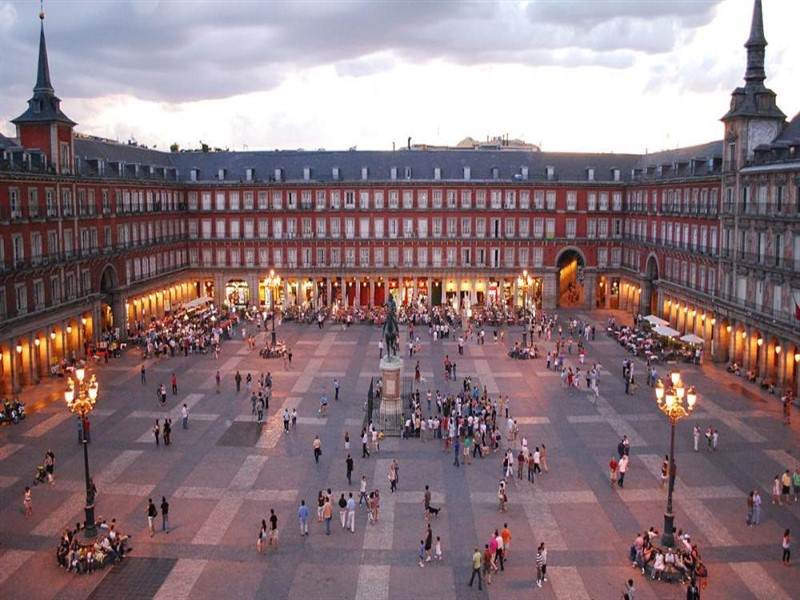
3) Rynek Glowny (Krakow-Poland)
The Main Market Square (Rynek Glowny), in the old town of Krakow is the oldest medieval square in the world, since its age is estimated to reach 18 centuries! Around it are most of the city's landmark buildings, such as mansions and historic churches, featuring the Gothic towers of St. Mary's Basilica (Kosciol Mariacki). In the center of the square, is the Cloth Hall (Sukiennice,) renovated in 1555 in renaissance style, which is perhaps the most recognizable image of Krakow and has been listed since 1978 as a UNESCO World Heritage Site.
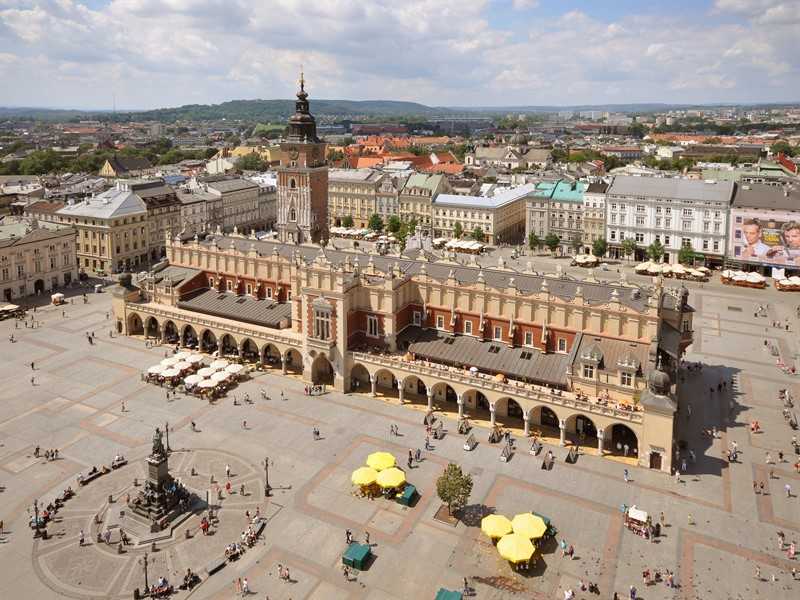
2) Zocalo (Mexico City-Mexico)
The Zocalo square or Constitution Square of Mexico City is one of the largest on the planet. The name Constitution Square is not derived from any Mexican constitution, from those which governed the country, but from the Constitution of Cadiz signed in Spain in the year 1812. It has been a gathering place for Mexicans since Aztec times, when it was the site of Mexican ceremonies, the swearing-in of Regents, royal proclamations, military parades, independence ceremonies and modern religious events such as Holy Week and Corpus Christi festivals. In its center there is a huge Mexican flag and every day a ceremony of lifting and lowering is held impressing the visitors.
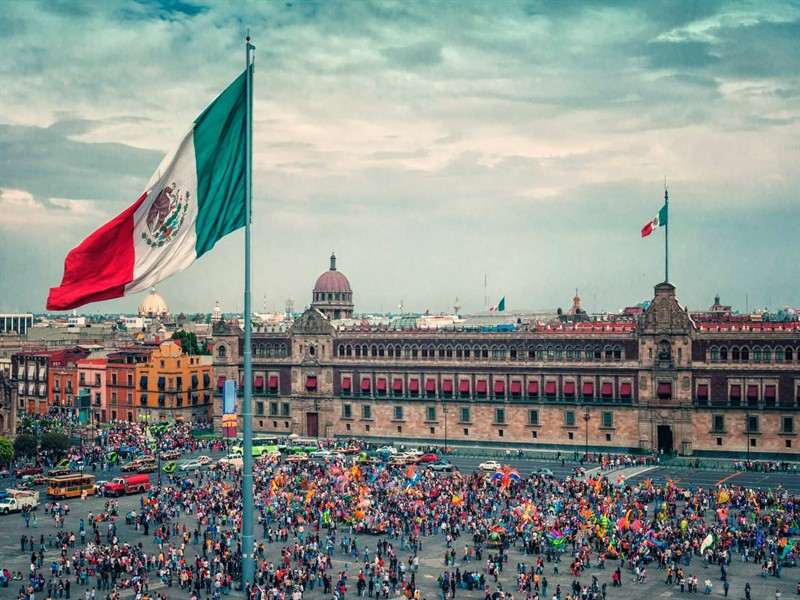
1) Plaza de Mayo (Buenos Aires-Argentina)
In the first place we find the highly historic May Square (Plaza de Mayo) in Buenos Aires, Argentina. It formed the scene of the uprising of 25 May 1810, which led to the independence of the Argentine state. In its center stands the Piramide de Mayo (Pyramid of May), the oldest monument of Buenos Aires, erected in 1811 for the celebration of one year since the historical uprising. Also around it are the most important buildings of the city such as the Cabildo (the former Spanish colonial board), the Casa Rosada (the official seat of government and one of the most imposing buildings in the city) and the Catedral Metropolitana de Buenos Aires (the Catholic Diocese of Buenos Aires).
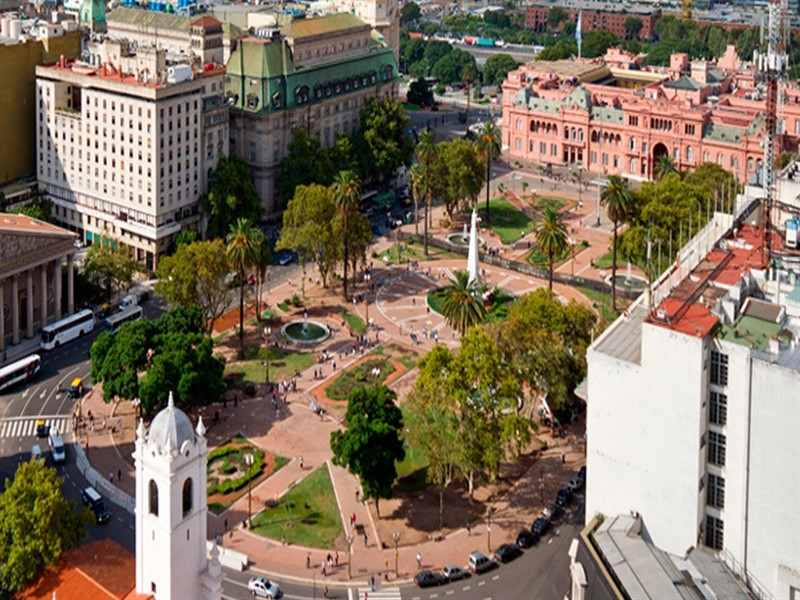
If this article seemed interesting or contributed to your quality information, then you can like my facebook page: o_thessalonikios or follow me on instagram!
Mouzakidis Pantelis








